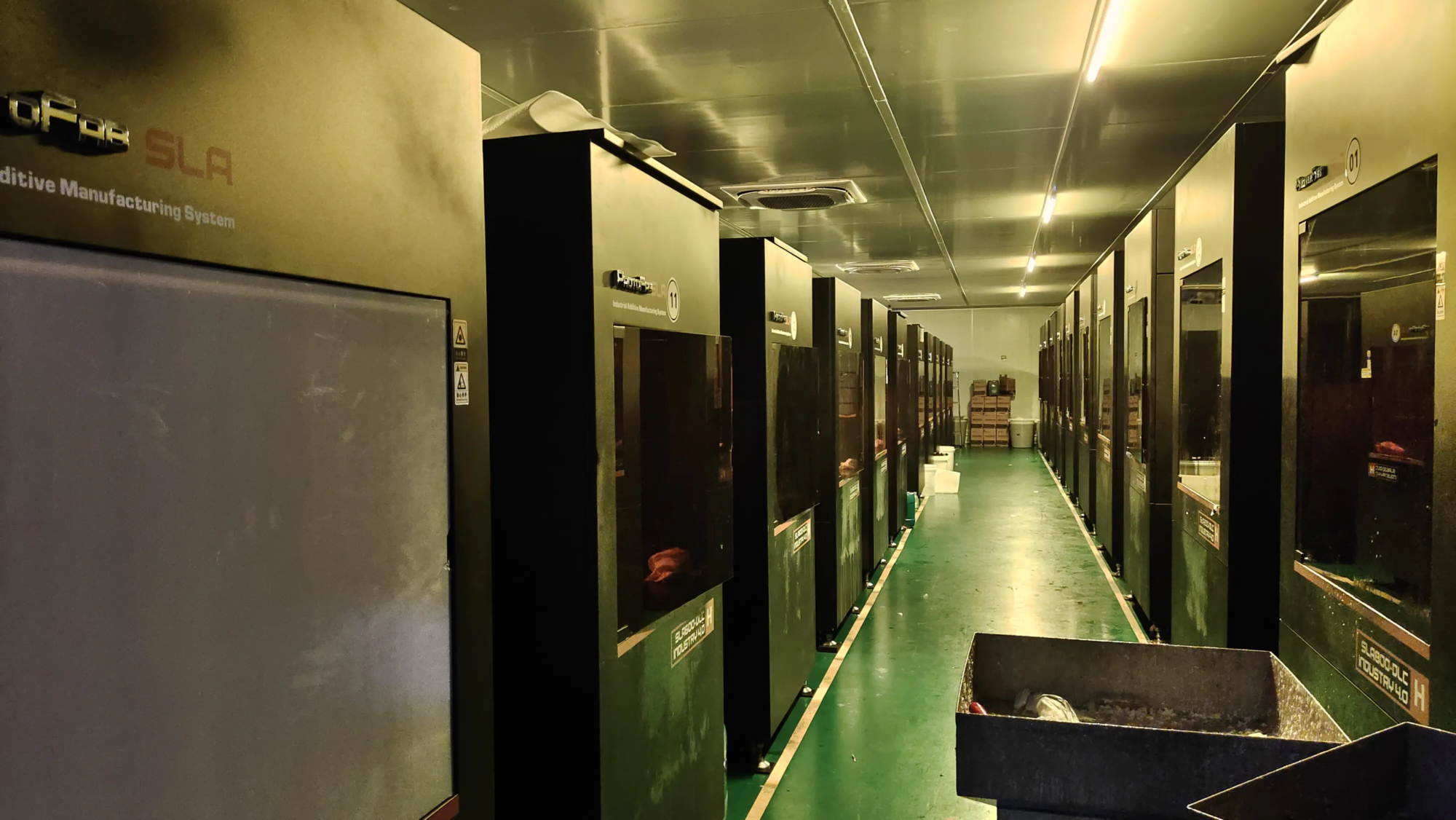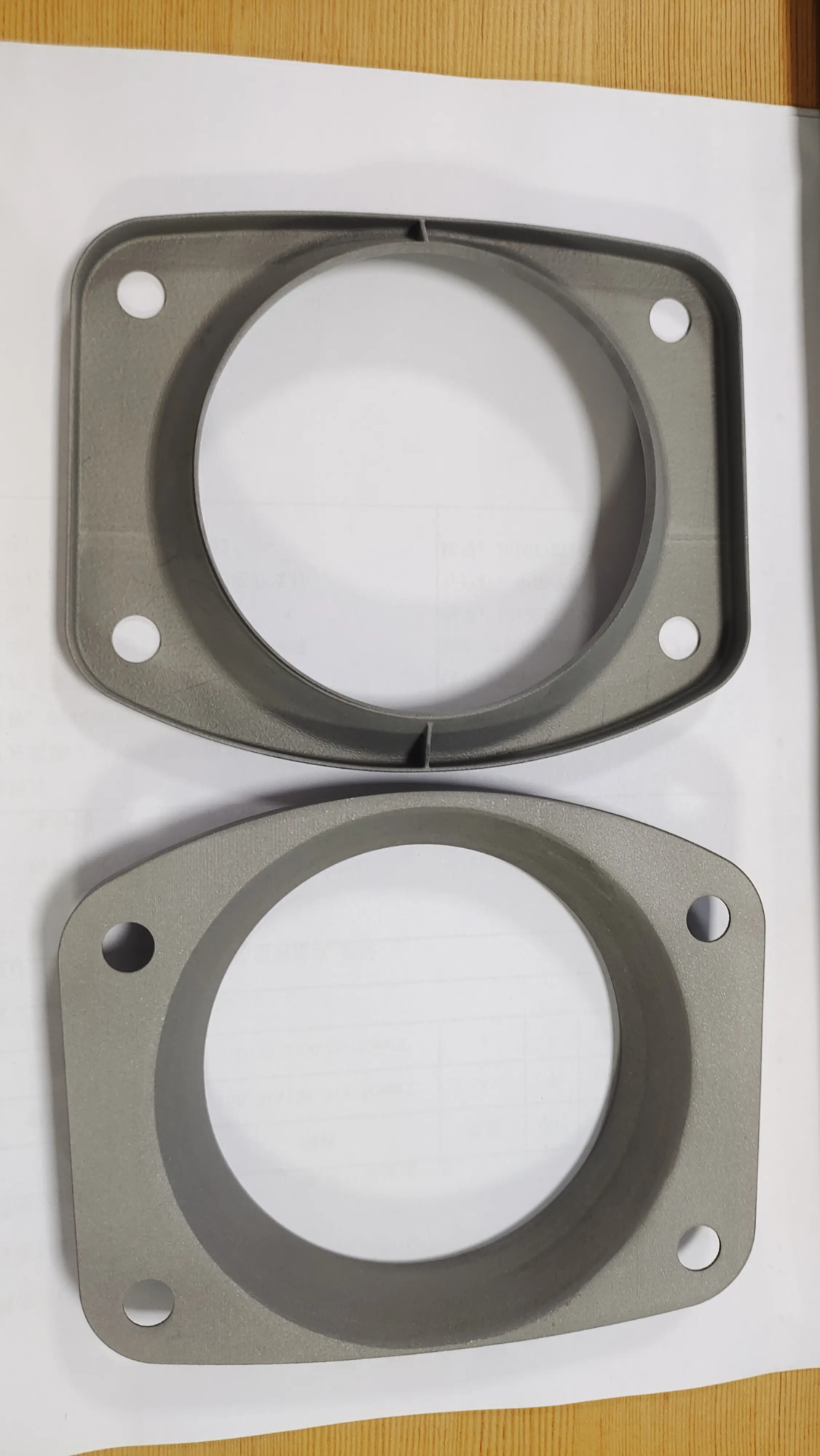On September 18, 2024, it was learned from the resource base that the Indian Institute of Technology, Hyderabad (IITH) has recently designed a new type of3D printed microfluidic devicesfor screening of oral anticancer drugs. This research aims to develop an effective drug screening platform to help researchers better understand the interaction mechanism between drugs and cancer cells. The relevant research results were published in the Journal of Nanobiotechnology.
For the study, the IITH team chose to use Formlabs’ transparent resin material to fabricate the 3D printed microfluidic device, as this material showed the best results when culturing the desired cells. In the study, a total of three oral cancer patients participated and their biopsy samples were used to isolateoral cancer stem cellsthese cells were then cultured in a microfluidic device to form small spheroid structures resembling tumors, i.e.sphere. These spheroids are formed by the self-aggregation of cancer cells and their presence is essential for research because they can better simulate the body’s complex tumor environment.
3D printed microfluidic device manufactured by IITH features unique two-layer structural design, especially for mixing drug combinationsserpentine channeland for the culture of tumor spheroidsCylindrical micropores. Using this design, the research team was able to test three drug combinations commonly used in the treatment of oral cancer:Paclitaxel、5-fluorouracilAndCisplatin. Because cancer tumors can develop drug resistance during treatment, combination drug therapy is often the most effective strategy.
During testing, tumor spheroids from patient 1 showed high resistance to all drug combinations, while tumor spheroids from other patients responded more favorably to certain drug combinations or single drugs. The research highlights thatThe differentiation status of a tumor has a significant impact on its response to treatmentwhich is a finding less mentioned in previous studies. This finding means that researchers can use this method to accurately identify the most effective drug combinations for specific patients. Additionally, the study found that these experimental results were related to each patient’s health status.clinical pathology reportThe high correlation further verified the validity and reliability of the study.
Although this study does not involve the impact of other cell types on drug response, nor does it further explore the mechanism of drug uptake in the spheres, the research team plans to overcome these limitations through to more complex models and other experiments in the future.
This research marks another important application of 3D printing technology in the field of cancer drug screening. It not only provides an effective drug screening platform, but also lays the foundation for the future of personalized treatment. By precisely analyzing the drug responses of tumor cells in different patients, this technology is expected to bring new advances in cancer treatment.





